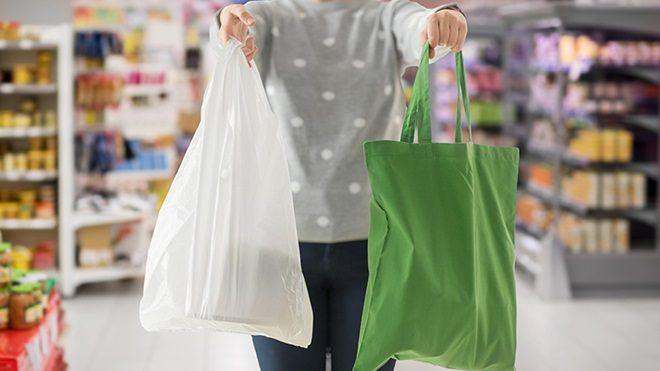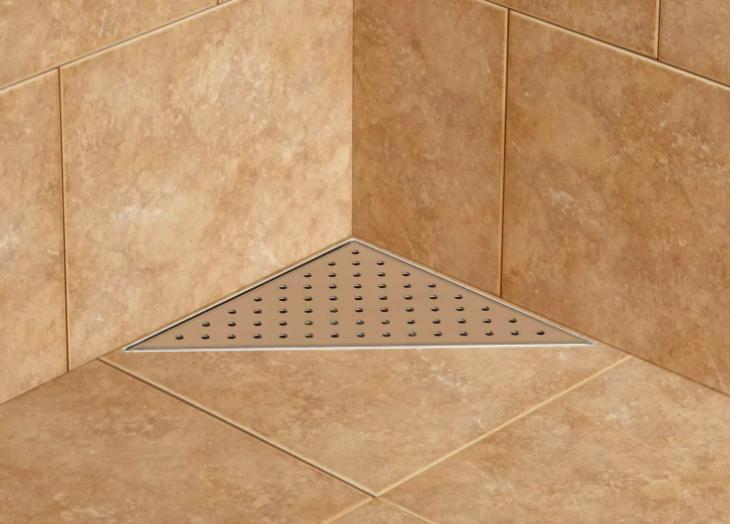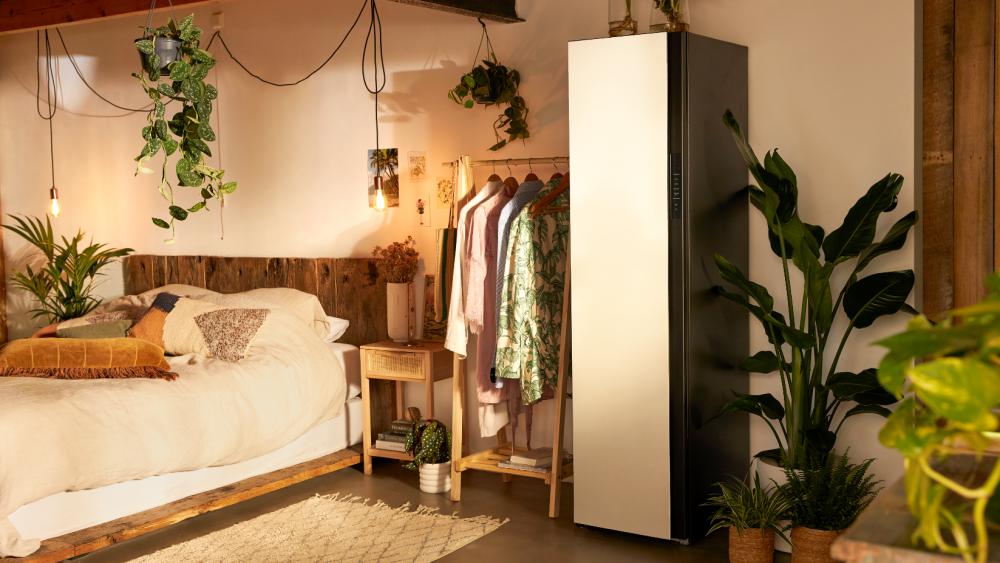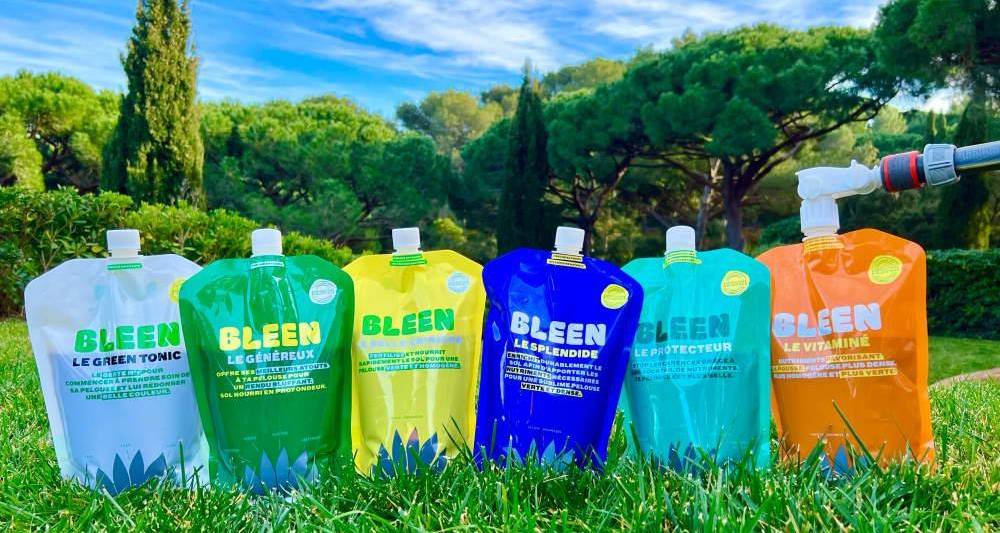Supermarket bags: What is the most sustainable?
Bags: The more they are used, the better
The traditional plastic bags that we use to make the purchase are made with recycled materials, even so, they have a very short useful life: we usually use between 12 and 25 minutes on average and 89 % are only used once.And the saddest thing is that they take 500 years to decompose completely.But is the environmental impact of a fabric or paper bag lower?We analyze it and verify that no.
We compare the environmental impact of the bags
We carry out our own research.We have made an environmental impact study of the life cycle of 96 bags of two different formats:
They are made of different materials (paper, cotton, plastic...) and we have collected them in representative stores of Spain, Belgium, Portugal and Italy.
To give a joint assessment, we took into account the environmental impacts generated in all phases of the life cycle from the materials, the manufacture of the bag, transport, to use and recycling.And there are surprises: options that we consider very sustainable, in reality they are not so much.
So we did the study
We think of a user who will make the purchase and use a very light traditional plastic bag (LDPE or low density polyethylene) to put 1 kilo of fruit that occupies a volume of 2 liters.It also buys a traditional plastic bag in the box line (LDPE, thick, of more than 50 microns) to put the complete purchase, which weighs a total of about 10 kilos and occupies a volume of 20 liters.

Then we repeat the exercise with bags of other materials found in stores: paper, plastic (composable plastic, polypropylene and polyester) cotton, jute or mixture of materials (paper-plastic) taking into account, in addition:
With all this data, we calculate the number of uses that would have to be given to each bag, so that its impact on the environment was less than the one that generates a traditional bag today.
The polyester or raffia bag, the best option
According to our study, the environmental impact of raffia bags (polypropylene), polyester or even those of traditional recycled plastic is much lower than that of other options, such as the cotton bag.We inform about it:
If you are worried about the environment, we give you some recommendations to know what bag use according to the circumstances:
The purchase cart, a healthy option
And use a cart?Well, the purchase cart is a good option from the utility and health point of view: it allows the transport of heavy products, it is also essential for people with mobility problems, older, with back problems or for those who walkTo the purchase, a recommended habit.However, it is not a "sustainable" alternative from the point of view of environmental impact.Generates a great impact by use due to materials and their manufacturing process, but it is a different concept.The solution is to use it a lot, at least, for 7 years, 743 uses, to generate less impact than conventional bags.
And the fruit bags?
It is not always necessary, but sometimes it is essential to use a specific bag for fruit.What would you say is the most sustainable bag to buy fruit?No, it is not cotton, which produces a great environmental impact, above all, due to the use of land and also for the amount of water necessary for cultivation.Neither does the composting bag of a single use that, to be sustainable, should be reusable at least 6 times.
According to our study, the most sustainable fruit bags are:
Plastic bags, yes...But if they are used well
In practice, using a plastic bag is easier than it seems: it is about reducing their purchase, reusing them a lot and always recycling them.
Take note.And remember, if you aim to get a more sustainable world, Ocu helps you
Champ the green









3976